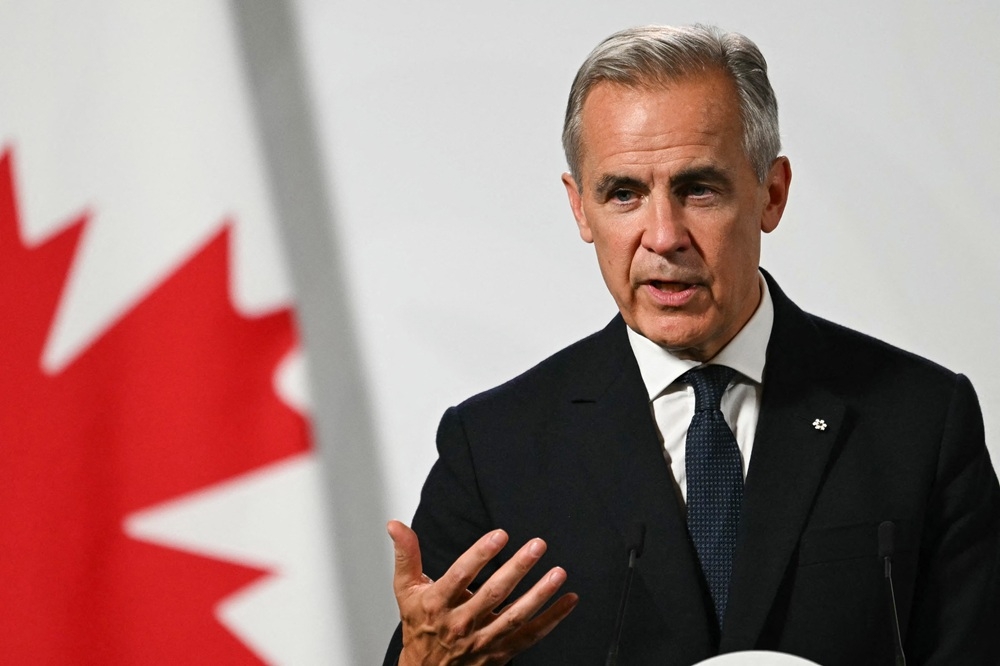Unveiling the true cost of Canada’s climate initiatives is a complex undertaking, a financial puzzle scattered across federal, provincial, and territorial budgets. The sheer scale is staggering: a preliminary estimate reveals Canadians are collectively shouldering over $503 billion, translating to roughly $12,062 per person, dedicated to these programs.
This figure stems from a commitment made in 2023, where the federal government pledged over $200 billion since 2015, channeled through a network of 149 programs across thirteen departments. Simultaneously, provinces and territories have allocated an estimated $303 billion to 364 separate initiatives, painting a picture of widespread, yet fragmented, investment.
However, these numbers represent only the direct cost of funding the programs themselves. They don’t account for the broader economic repercussions – the potential drag on growth, the impact on jobs, and the overall effect on the Canadian standard of living.

Recent economic analysis suggests a far more substantial burden. One study estimates that achieving net-zero emissions by 2050 could cost each Canadian worker $8,000 annually, shrinking the nation’s GDP by over 6% and potentially eliminating 254,000 jobs. Even the interim goal of a 40% emissions reduction by 2030 is projected to cost the average worker $6,700 each year.
The current administration is reassessing these targets. While maintaining the long-term ambition of net-zero by 2050, a shift away from the more aggressive 2030 target is underway, with a new “climate competitiveness strategy” focused on industrial carbon pricing expected soon.
Independent analysis casts doubt on the feasibility of the original 2030 goals. Leading monitoring agencies now predict emissions will fall far short of the 40% reduction, likely reaching only half that amount. Achieving net-zero by 2050 will require a dramatic surge in investment, potentially reaching $125 to $140 billion annually – a significant leap from the $15 to $25 billion invested today.
Some argue that focusing solely on costs ignores the potential economic devastation of unchecked climate change, as well as the opportunities presented by a burgeoning green technology sector. Yet, even the parliamentary budget officer acknowledges a sobering reality: Canada’s emissions, representing a mere 1.4% of the global total, are unlikely to significantly impact climate change – or the Canadian economy – without coordinated international action.
Globally, emissions continue to climb. Despite international efforts, energy-related greenhouse gas emissions reached a record high of 37.8 billion tonnes in 2024. The United Nations projects that even with current commitments, global emissions will fall far short of the necessary reductions to avert the most severe consequences of climate change.
Even under current government projections, the economic impact within Canada is expected to be substantial. By 2030, climate policies could reduce the Canadian GDP by almost 1%, representing a $25 billion annual hit. The path forward demands a clear-eyed assessment of both the risks and the costs, and a realistic understanding of Canada’s role in a global challenge.





